the material lookout
STONES & minerals
The world of materials is undergoing a TRANSFORMATIVE shift.
These groundbreaking solutions are a testament to our commitment to preserving the beauty of our planet's geological wonders.
The geological world has long been a source of wonder. Shaped by incredibly lengthy geological processes - such as the crystallisation of molten rocks, transformation under intense heat and pressure, or arising from volcanic eruptions - stones and minerals represent nothing short of natural marvels. The particular processes and conditions dictate the specific types that eventually take shape, a formation process that may span millions of years. These wonders have sculpted the outlook of our planet, giving rise to a myriad of captivating landscapes characterised by diverse textures, patterns, and colours.
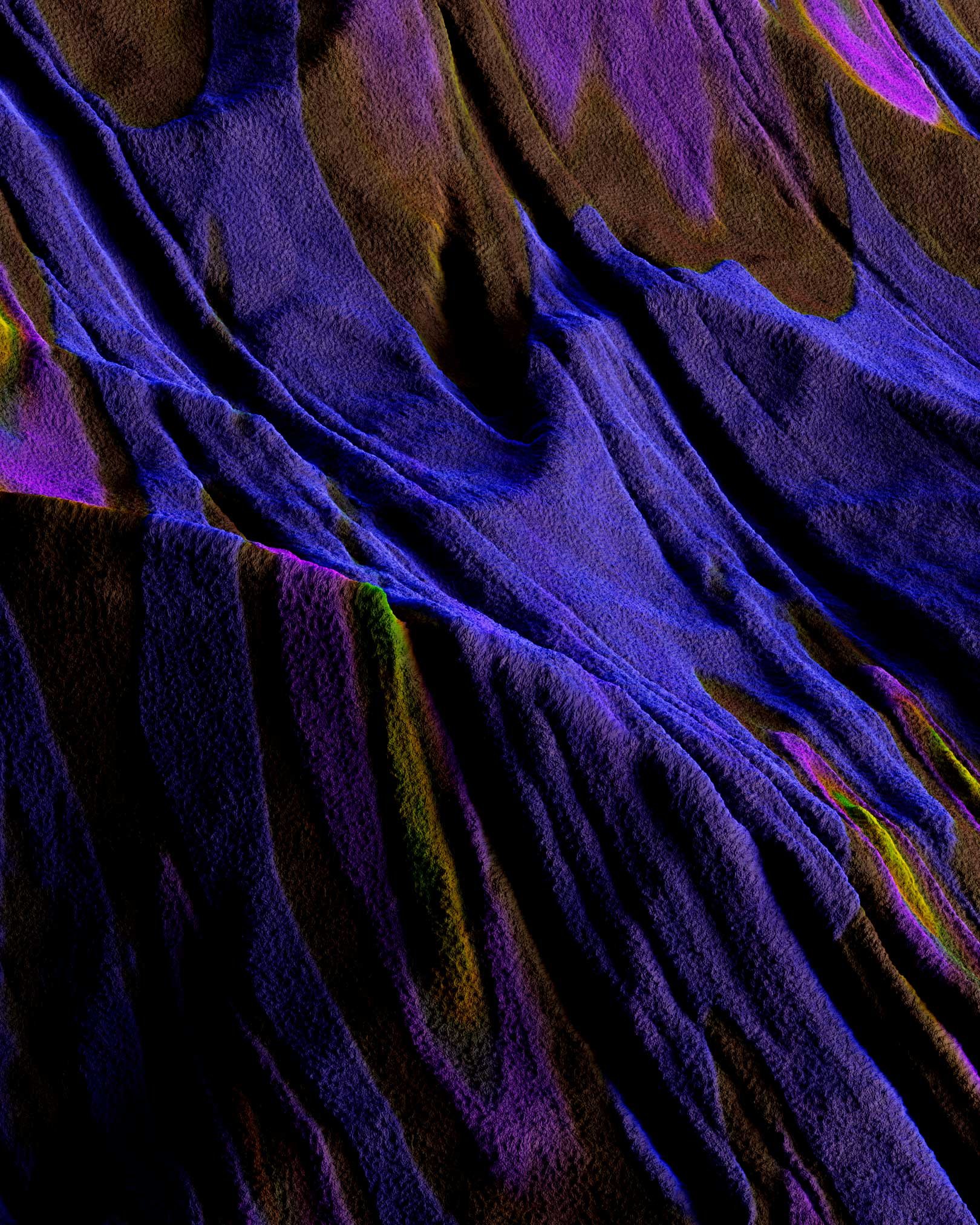
A prime illustration of this shift is the Plasma Gasifier Stone by Inge Sluijs. Employing plasma gasification, this innovative method transforms hazardous landfill waste into energy and several by-products, including plasma gasified stone. This material boasts impressive mechanical strength, high density, and is eco-friendly. Remarkably, the process can convert 100 kg of landfill waste into 20 kg of decorative tiles.
On the more conventional end of the material spectrum, we have Sandstone Veneer from Richter akustik & design. Unlike using solid sandstone slabs, this material is a stone veneer with a textured surface that's affixed to a support structure composed of PP mesh fabric. Beyond its reduced use of natural resources, it's a lightweight and flexible material versatile enough for various applications. This veneer finds utility in wall coverings, ceilings, and floors, thanks to its straightforward installation process.
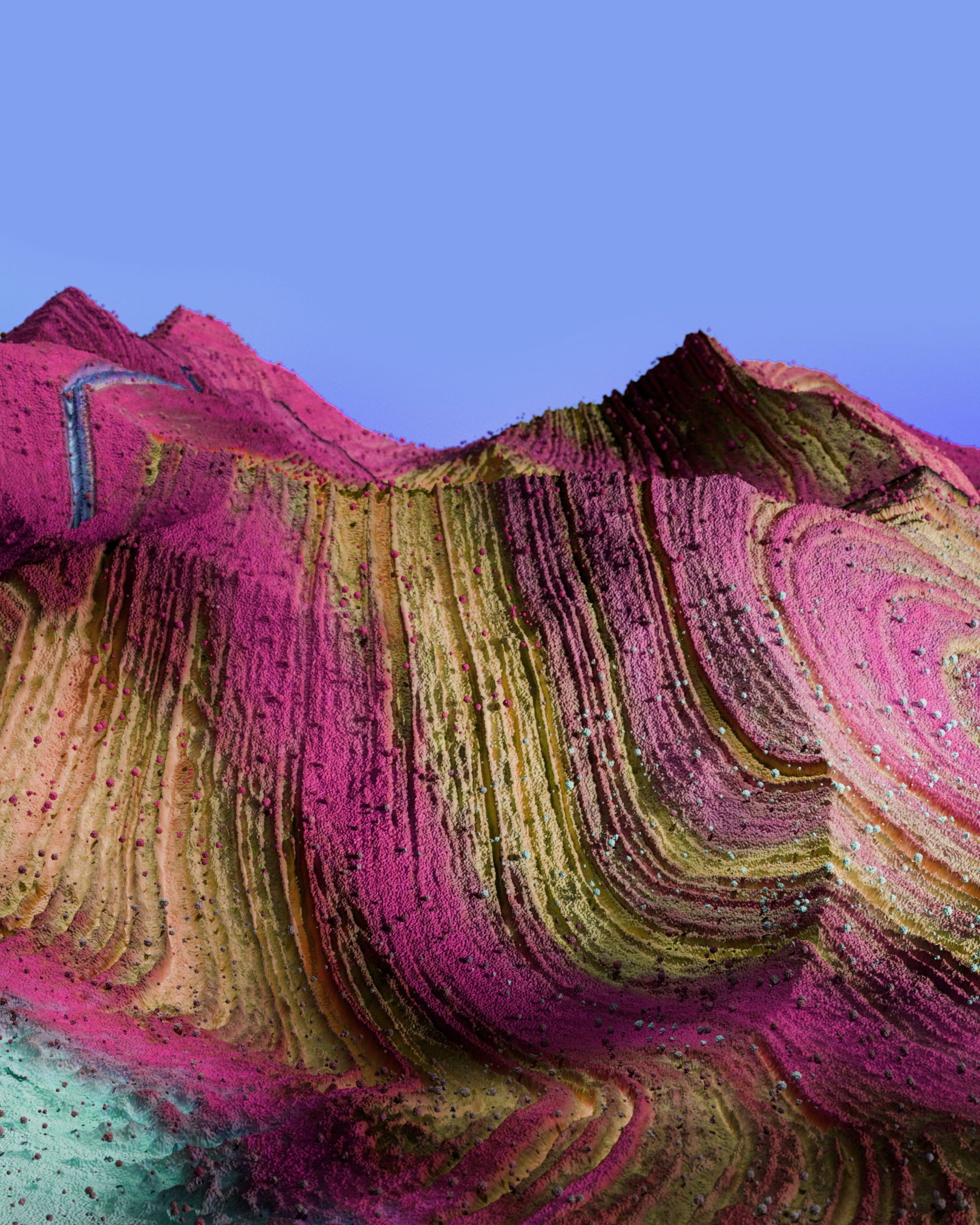
Finally, there's the Dimensionally Stable Gravel from Marquart + Wiest, in which individual pebbles are bound together with resin to create a robust surface. This method secures each stone in place and imparts static properties to the material. When used as a flooring option, it provides an authentic gravel appearance, eliminating loose stones and the risk of slipping.
All these materials illustrate that in an era of environmental awareness, the world of materials is undergoing a transformative shift. These groundbreaking solutions are a testament to our commitment to preserving the beauty of our planet's geological wonders. As we strive to protect our Earth's finite resources, these inventive materials offer a glimpse into a future where sustainability and aesthetics coexist harmoniously. By exploring the intersection of technology and craftsmanship, we are reshaping the landscapes of design, opening up a world of exciting possibilities while ensuring the delicate beauty of our natural world endures for generations to come.
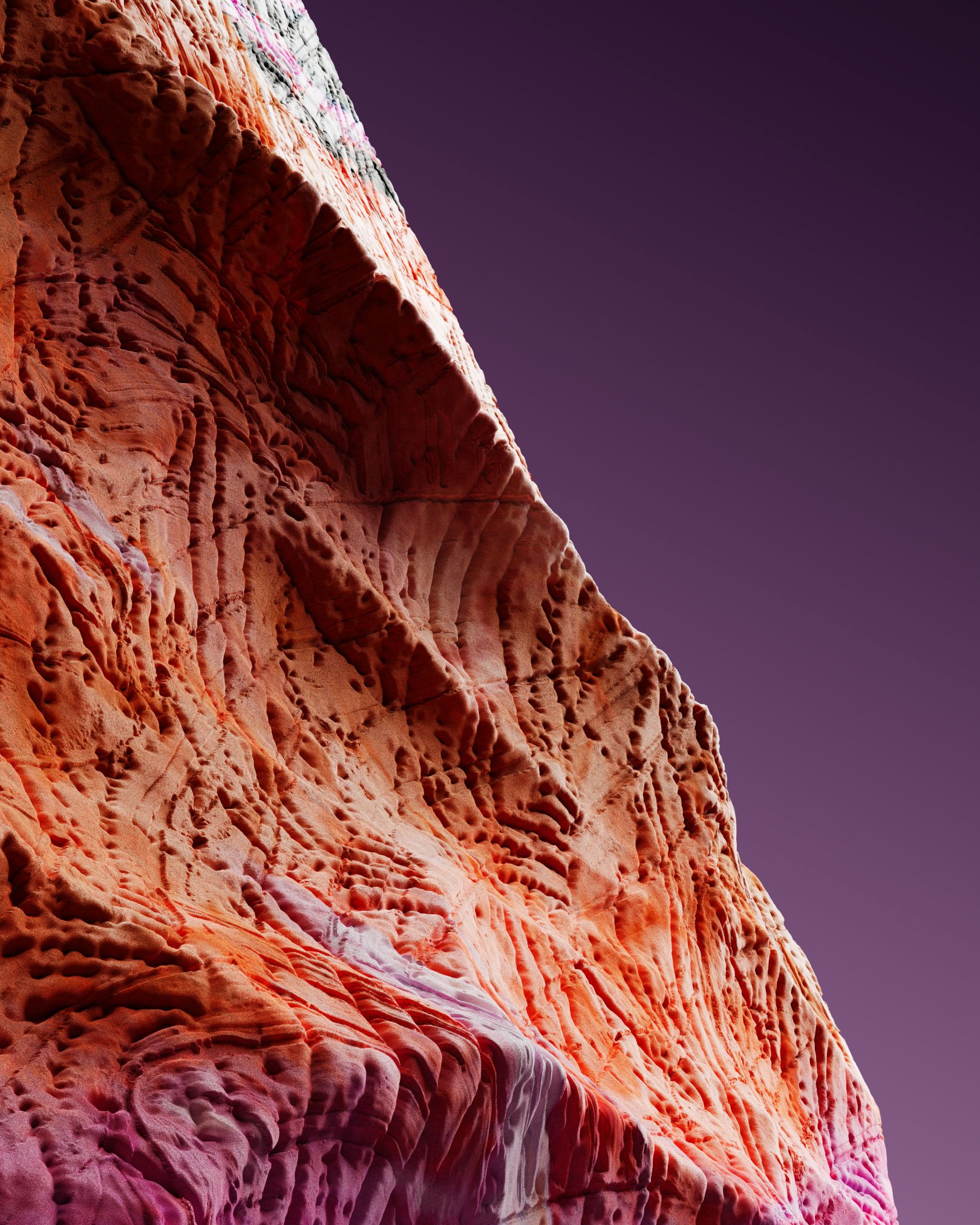
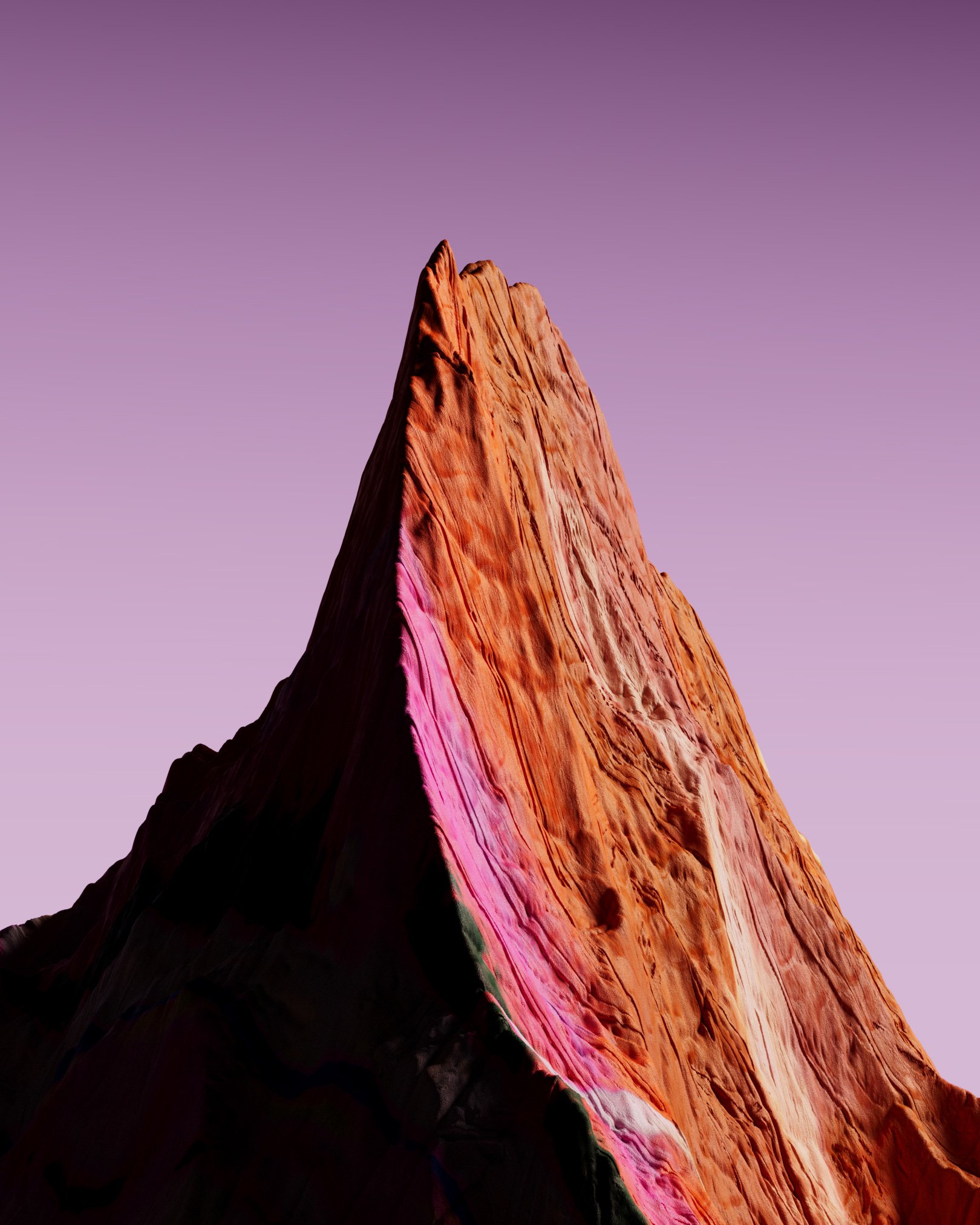
Their alluring aesthetics have birthed an industry that brings these wonders into our everyday lives. Carved out in convenient shapes and sizes, our homes proudly showcase these natural stones, while the landscapes from which they originate bear the scars of mining. While the natural world may appear boundless, its resources are dwindling, and its delicate beauty is at risk. Consequently, material manufacturers have been seeking alternatives that can infuse our homes with the same sense of mineral wonder without negatively impacting the planet. These materials give shape to new landscapes that are part of a new world full of exciting possibilities, applications and aesthetics.
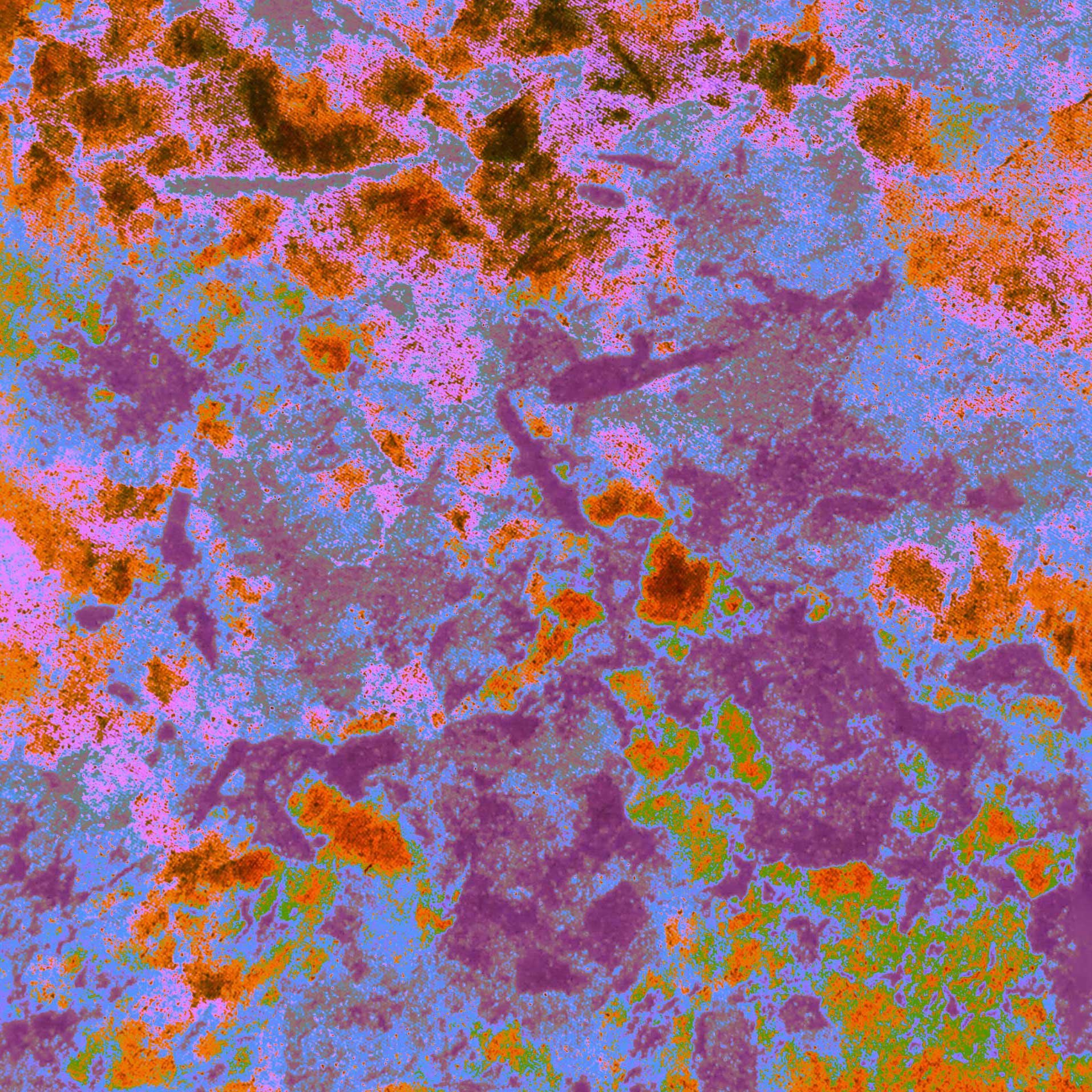
Another traditional approach to the topic is found in the Ceramic Facade Cladding offered by Mosa. Distinguished by a striking depth effect, these multi-layered tiles come in a wide array of colours. What sets Mosa tiles apart is their ability to be easily removed and replaced, thus extending the lifespan of this Cradle to Cradle facade system and reducing its carbon footprint.
On the more experimental material spectrum, we find Laserglazed Ceramics designed by Sanne Kaal. This material emerged from pushing the boundaries between craftsmanship and technology. By adapting a lasercutter, typically used for cutting through materials, it's been ingeniously repurposed to apply intricate patterns to ceramics through glazing. Through a process of experimentation involving settings, colours, various glazes, and an abundance of try-outs, a wide array of distinctive and fascinating results have been achieved.
Another remarkable material is the Optical Stone Panel by Homapal which offers a visual stone effect without depleting natural resources.
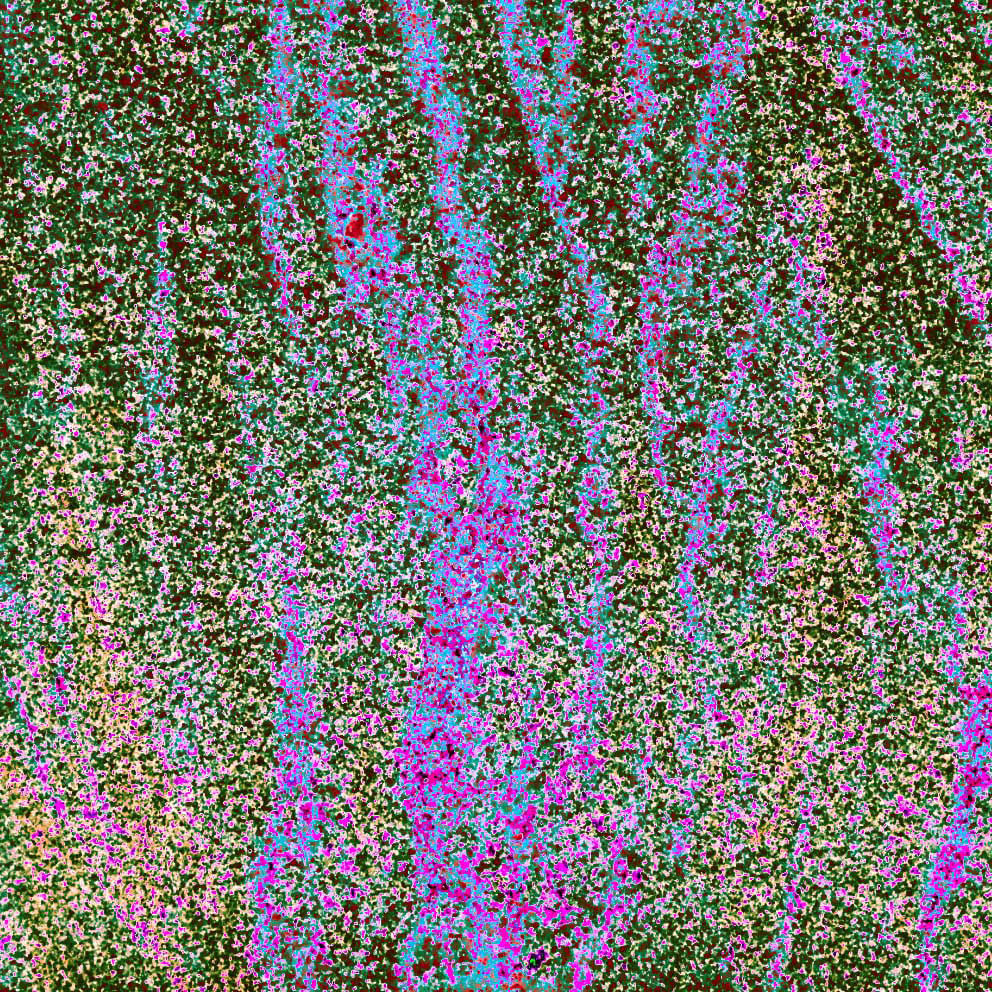
MATERIALS
Plasma Gasifier Stone - Inge Sluijs
Sandstone Veneer - Richter akustik & design
Ceramic facade Cladding - Mosa
Laserglazed Ceramics - Sanne Kaal
Optical Stone Panel - Homapal
Dimensionally Stable Gravel - Marquart + Wiest



